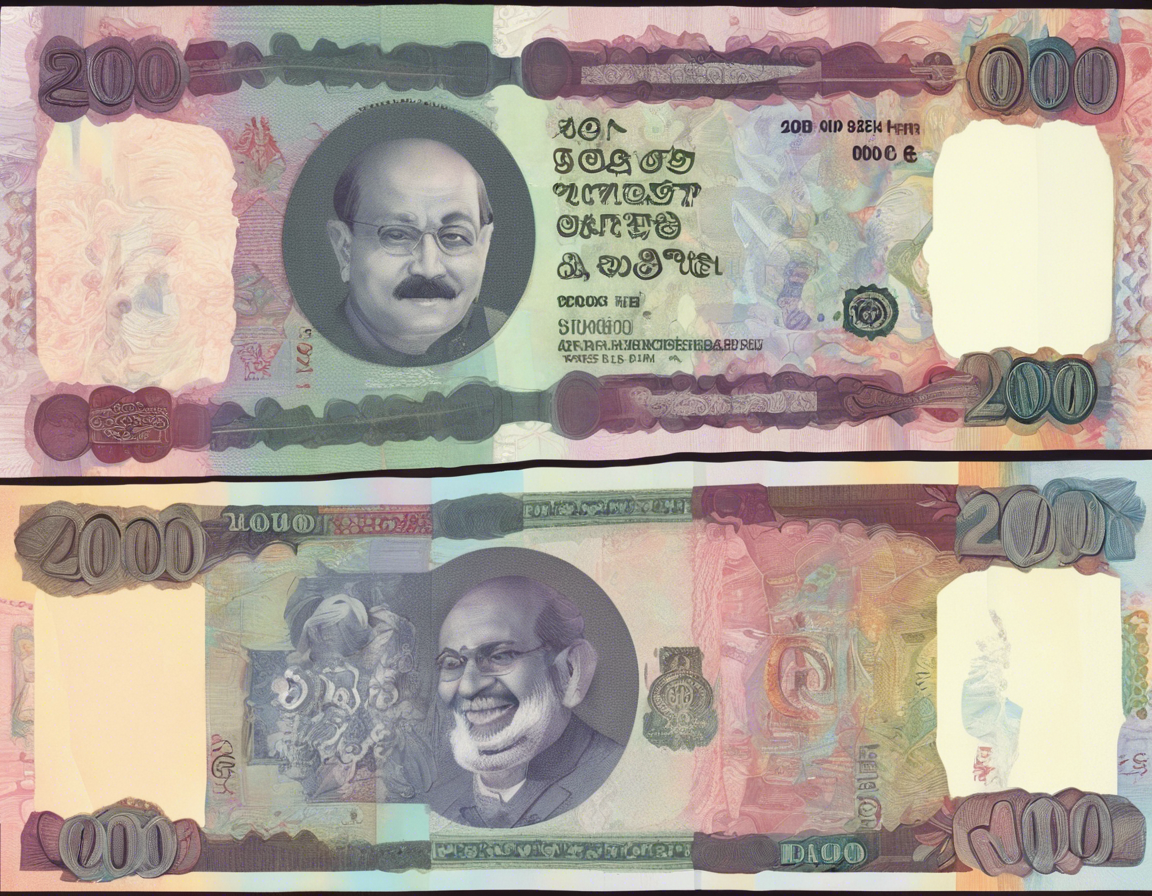Introduction In November 2016, India witnessed a significant economic event that sent shockwaves across the nation – the demonetization of the 500 and
Introduction
In November 2016, India witnessed a significant economic event that sent shockwaves across the nation – the demonetization of the 500 and 1000 Rupee notes by the government. The move aimed to tackle issues of black money, counterfeit currency, and corruption, but what followed was a period of chaos and confusion, with long queues outside banks and ATMs as people rushed to exchange their old notes for new ones. However, this was not the first time India had experienced demonetization. In 1978, the government demonetized the 1000, 5000, and 10000 Rupee notes, while in 2016, it was the turn of the 500 and 1000 Rupee notes to be phased out.
What is Demonetization?
Demonetization refers to the process of stripping a currency unit of its status as legal tender, rendering it invalid for use as a medium of exchange. This move is typically made to curb issues such as counterfeiting, black money, and corruption. The demonetized currency is replaced with new notes or coins with a new design and security features.
The 2000 Rupee Note
Amidst the chaos of demonetization in 2016, the government introduced a new currency denomination – the 2000 Rupee note. This high-value note was aimed at reducing the number of notes in circulation and facilitating transactions in a cash-dependent economy like India. The vibrant pink and magenta note featured the Mangalyaan, India’s Mars orbiter mission, on the reverse side, showcasing the country’s strides in technology and space exploration.
Impact of the 2000 Rupee Note
The introduction of the 2000 Rupee note had both positive and negative implications:
Positive Impacts:
-
Convenience: The higher value of the 2000 Rupee note meant fewer notes needed for transactions, reducing the hassle of carrying multiple denominations.
-
Efficiency: Circulation of high-value notes can help in curbing the circulation of black money and promote a more transparent economy.
-
Reduced Printing Costs: Printing higher denominations can be more cost-effective in the long run, saving on printing and minting costs.
Negative Impacts:
-
Hoarding: The high denomination note could potentially be hoarded, defeating the purpose of promoting digital transactions and financial inclusion.
-
Counterfeiting: The larger denomination notes are often a target for counterfeiters, posing a challenge to maintaining the integrity of the currency.
-
Impact on Small Businesses: Small traders and businesses may face challenges in providing change for a 2000 Rupee note, impacting their daily transactions.
The Future of the 2000 Rupee Note
Since its introduction, the 2000 Rupee note has been a topic of debate regarding its necessity and relevance in India’s currency system. Some experts suggest phasing out the note to discourage cash transactions and promote digital payments, while others argue for its retention to ensure liquidity and convenience for high-value transactions.
Frequently Asked Questions (FAQs)
- Why was the 2000 Rupee note introduced?
The 2000 Rupee note was introduced as part of demonetization in 2016 to facilitate high-value transactions and reduce the number of notes in circulation.
- Is the 2000 Rupee note still legal tender?
Yes, the 2000 Rupee note is still considered legal tender in India and can be used for transactions and exchange.
- Are there plans to phase out the 2000 Rupee note?
There have been discussions about phasing out the 2000 Rupee note to promote digital payments and curb cash transactions, but no official decision has been made yet.
- What security features does the 2000 Rupee note have?
The 2000 Rupee note comes with various security features such as a see-through register with denominational numeral, latent image of 2000, and raised printing for the visually impaired.
- Can I still exchange old 2000 Rupee notes for new ones?
Old 2000 Rupee notes can be exchanged at designated banks within a specified time frame set by the Reserve Bank of India (RBI).
- Are there any restrictions on the usage of the 2000 Rupee note?
There are no specific restrictions on the usage of the 2000 Rupee note, but it may be challenging to use for smaller transactions due to the high denomination.
- How has the circulation of the 2000 Rupee note affected the Indian economy?
The circulation of the 2000 Rupee note has implications for liquidity, cash usage patterns, and currency management in the Indian economy.
- What are the criticisms of the 2000 Rupee note?
Critics argue that the high denomination note can facilitate hoarding, money laundering, and tax evasion, undermining the goal of promoting a transparent and inclusive financial system.
- Does the 2000 Rupee note help in reducing black money?
While the intention behind introducing the 2000 Rupee note was to curb black money, its effectiveness in achieving this objective has been a subject of debate and scrutiny.
- Will there be more high-value currency denominations introduced in the future?
The decision to introduce more high-value currency denominations will depend on various factors such as economic trends, cash demand, and the government’s objectives in promoting a cashless economy.
In conclusion, the introduction of the 2000 Rupee note as a part of the demonetization exercise in 2016 had significant implications for India’s currency system and economy. The debate surrounding its future underscores the complex dynamics of monetary policy, financial inclusion, and the transition towards a digital economy. As India continues its journey towards economic growth and development, the role of high-value currency denominations like the 2000 Rupee note will remain a topic of interest and contention among policymakers, economists, and the general public.


COMMENTS